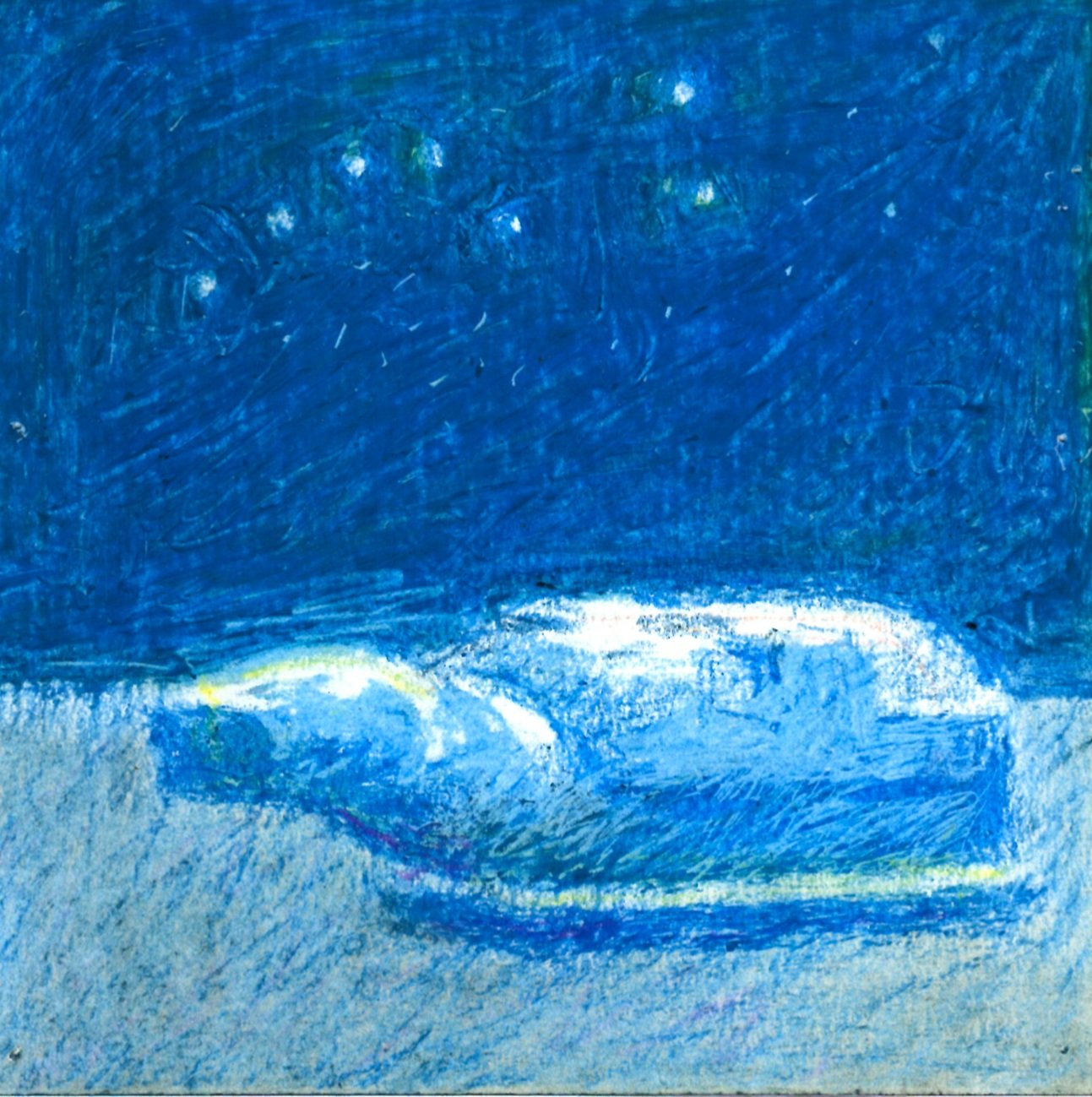Sukhee Tsagaan (Mongolia):
Four Decades 1980s - 2022
Essay by Batzorig Mart
January 13, 2023 - Feb 10, 2023
Opening January 13, 2023, 5-7 pm

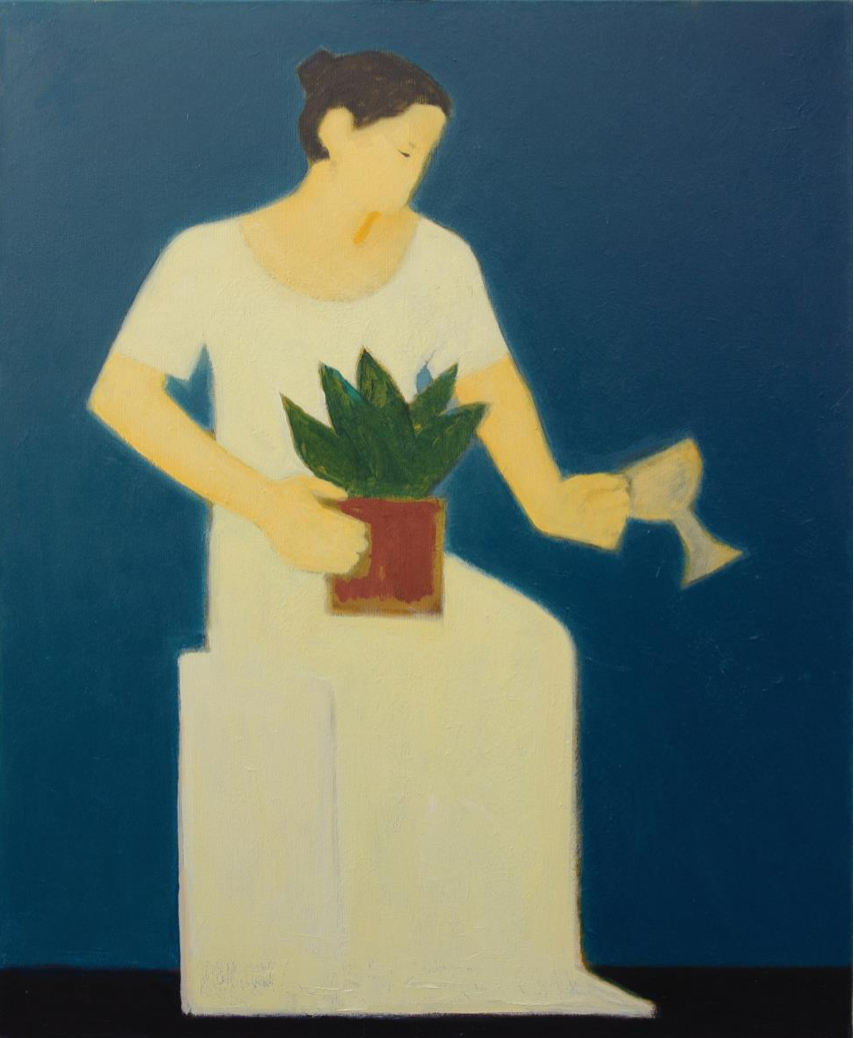

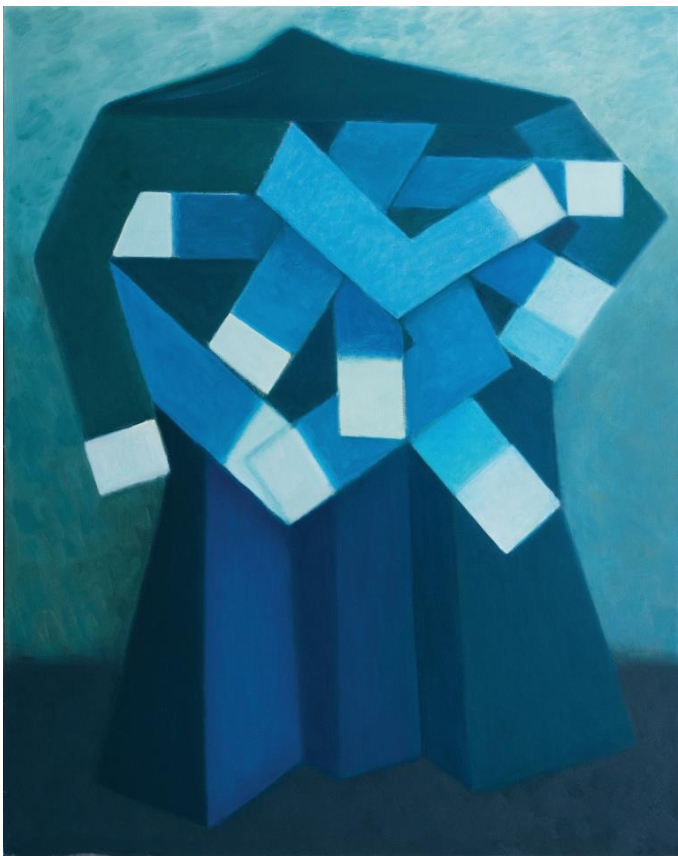
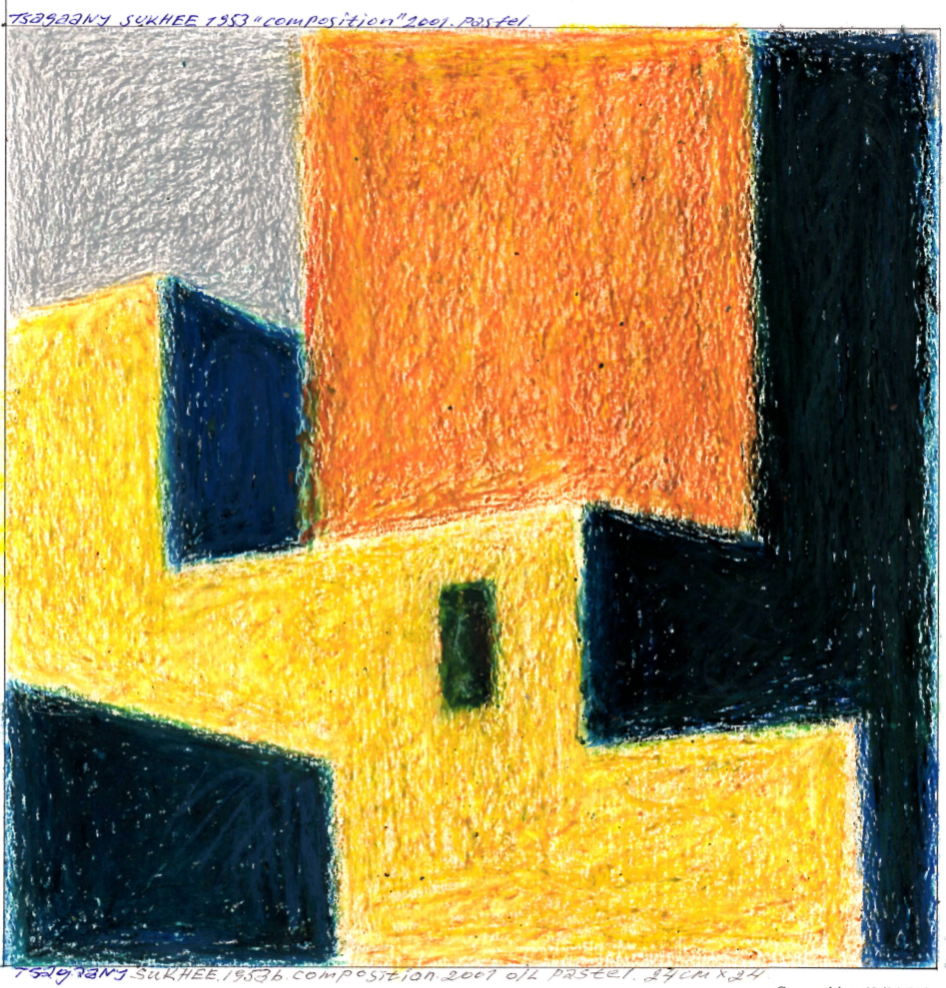
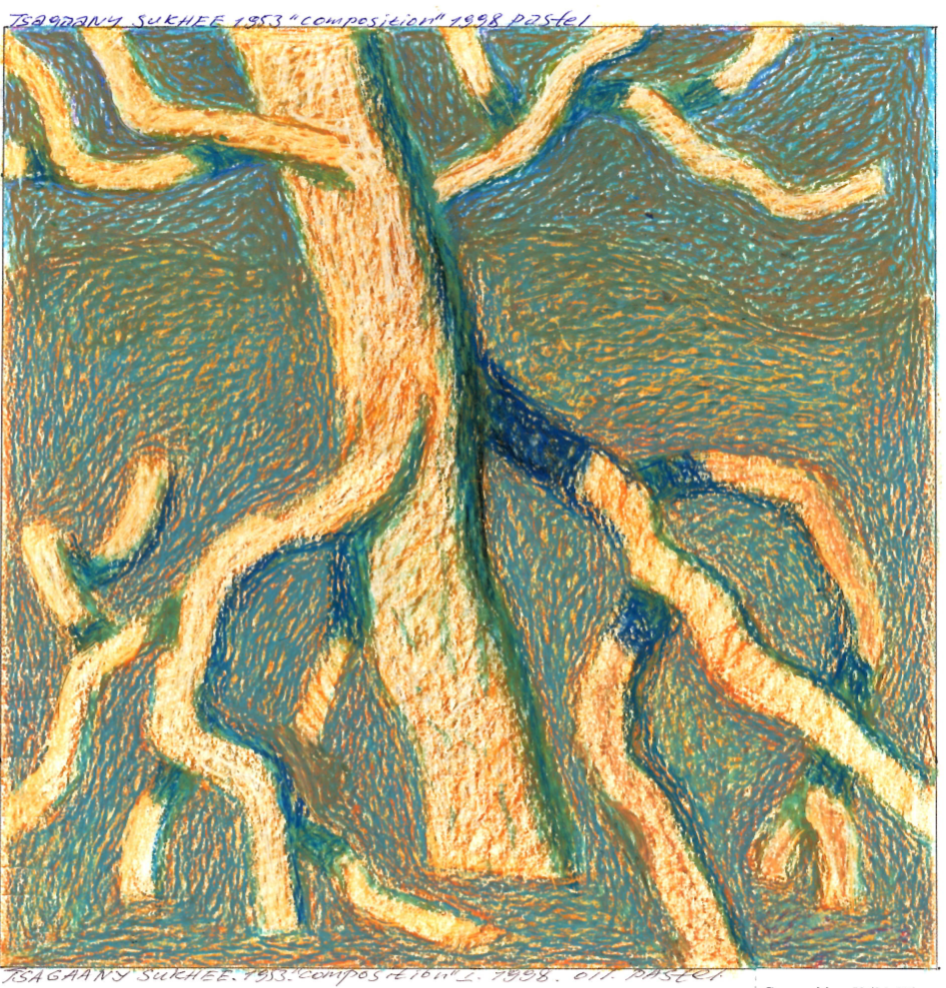

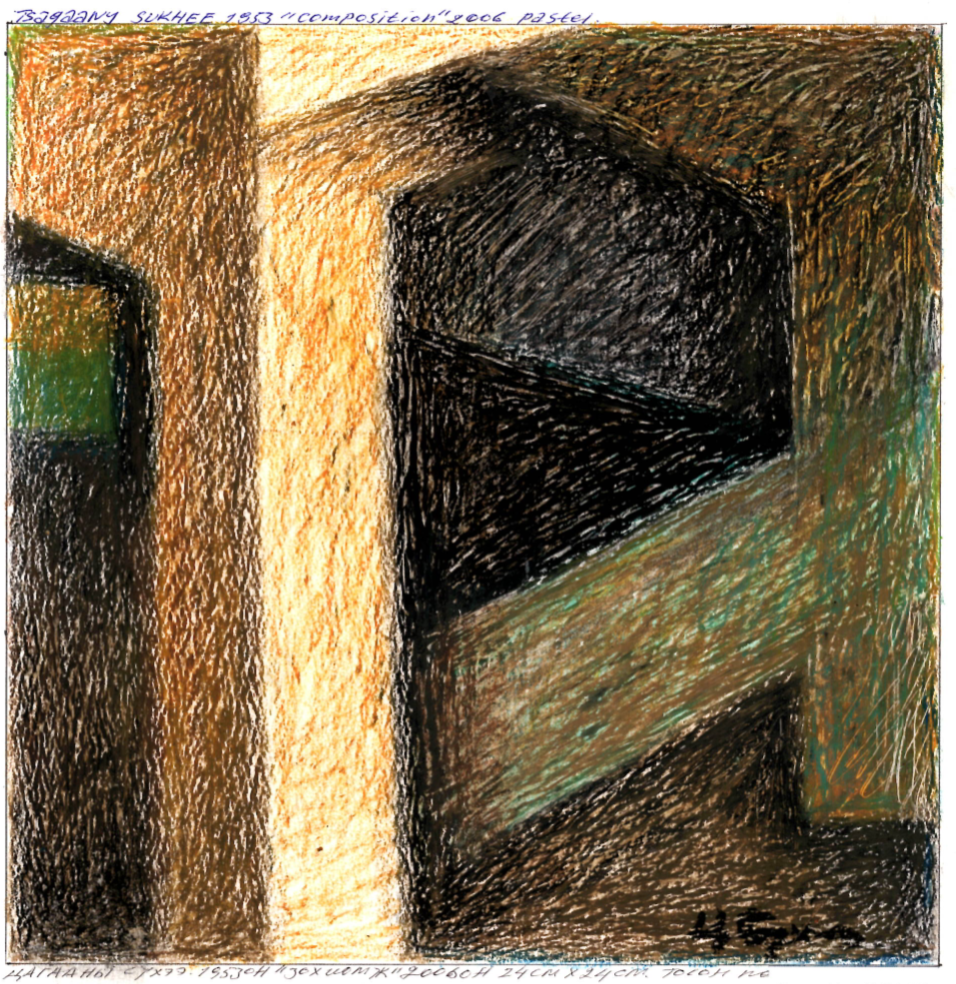
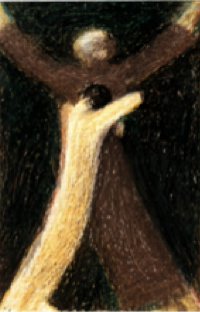
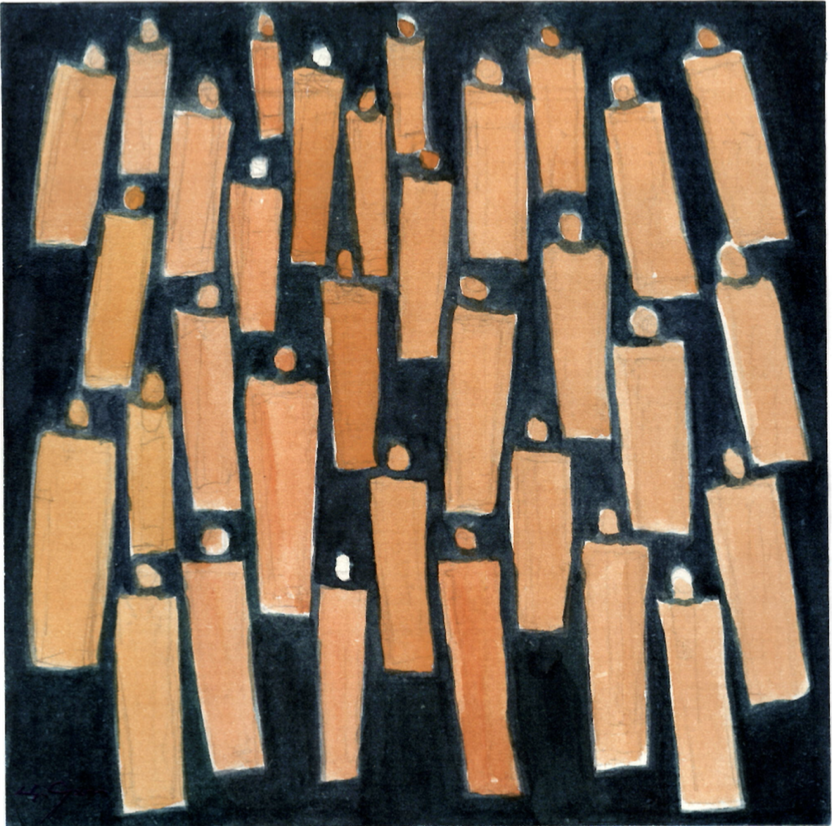
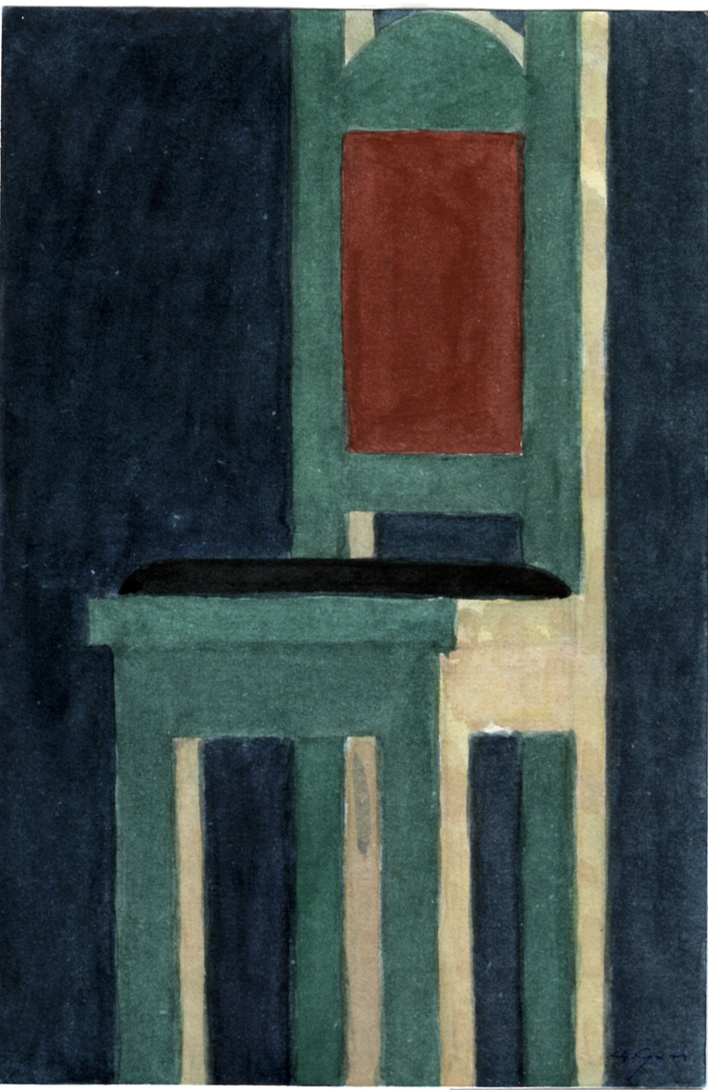
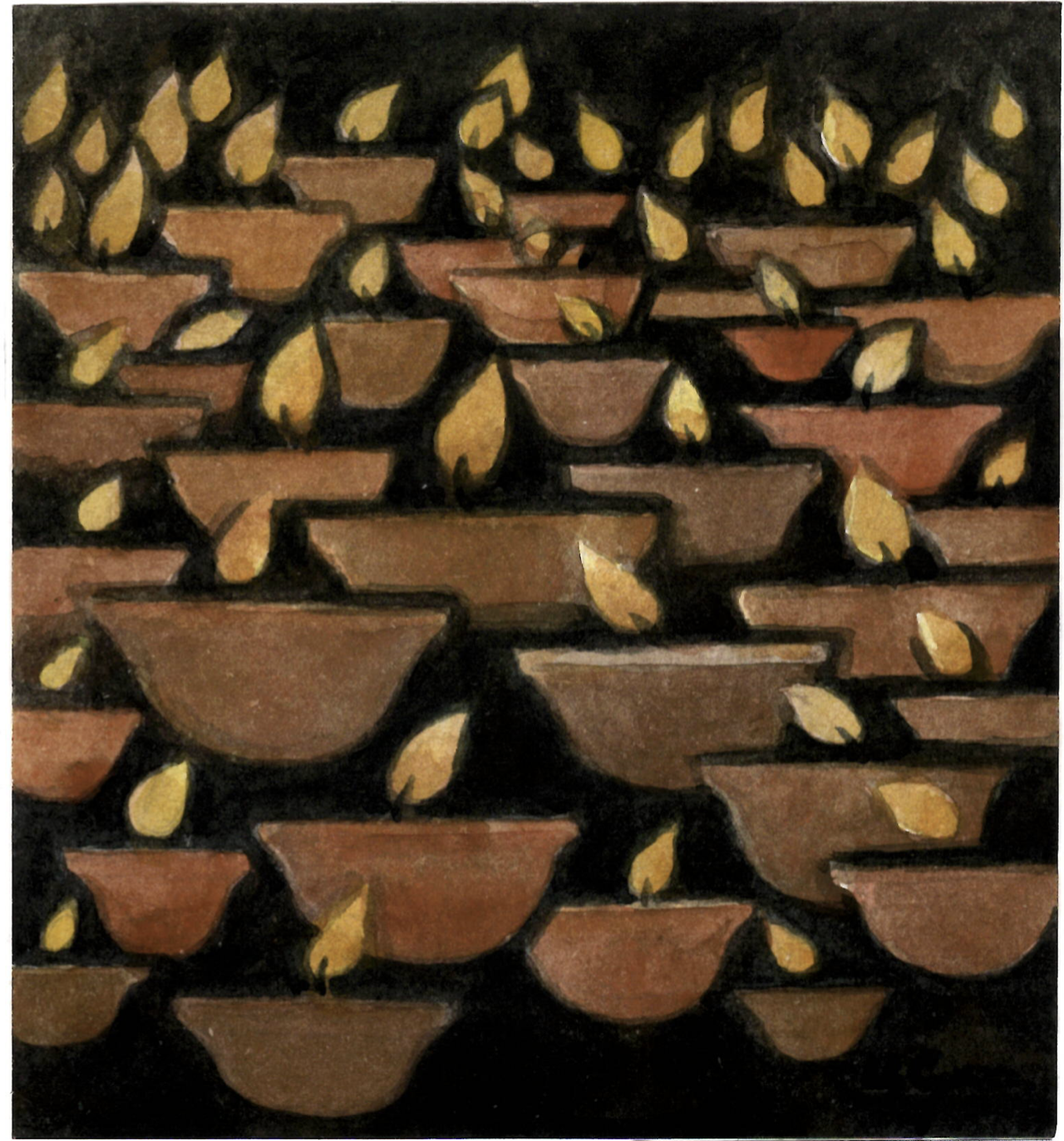
GALLERY + INCUBATOR
SUKHEE TSAGAAN (MONGOLIA) RETROSPECTIVE 1980S - 2022
Sukhee Tsagaan (Mongolia):
Four Decades 1980s - 2022
Essay by Batzorig Mart
January 13, 2023 - Feb 10, 2023
Opening January 13, 2023, 5-7 pm
Sapar Contemporary is thrilled to present the first retrospective exhibition of Sukhee Tsagaan (Mongolia, 1953) in the United States. We are fortunate to be able to show a diverse selection of works on paper and canvas that span four decades and provide a rare and invaluable record of creative survival by an artist who lived through a cataclysmic change in Mongolia at the end of the 20th century. The works tell a story of Mongolia's nomadic and Buddhist past, the 20th-century rise and fall of Soviet colonialism, and the 21st-century chaotic expansion and growth, co-existence of nomadic and urban life, and the tapestry of Eastern and Western influences.
Essay by Batzorig Mart, art historian, curator, Ulaanbaatar ( Mongolia)
Sukhee Tsagaan (Mongolia, 1953) has pursued painting since early childhood. He graduated from the Fine Arts School in Ulaanbaatar and then studied at the Repin Academy of Fine Arts in St. Petersburg (then Leningrad of the former USSR) from 1977-1984. In Leningrad he was selected to work under the mentorship of V.M. Oreshnikov in his studio, which was a rare privilege for a young artist at the time. Sukhee’s professional career was complicated in 1990s due to the disintegration and collapse of socialism in Russia and Mongolia, followed by the uncertain period of perestroika. In Mongolia, which had been part of the socialist system for seventy years, the great reform resulted in a long period of confusion and disorder in society. This lack of stability, funding and direction affected all spheres of Mongolian society, and was particularly felt in the art sector.
Ts. Sukhee was among a group of intellectuals of that time who survived these dark years by finding work outside of the painting studio. The artist worked for years as a watchman at the US embassy in Mongolia. In the meantime he maintained a studio practice, working on canvas and on paper. He developed a very extensive practice of creating small color sketches on paper in order to record various ideas for larger works, and to explore color compositions that flashed in his mind. Some of them were later realized on canvas, but his works on paper are no no less interesting, as they have a fresh, vibrant and immediate quality.
In a few cases, Sukhee’s pastel color drawings and small watercolors have evolved into larger works on canvas that are included in the exhibition. In other cases his works on paper can be viewed as a visual diary that follows the artist’s inner thoughts, aspirations, and conflicts. One of the most interesting features of Sukhee’s sketches is their consistent creativity in developing a very unique visual style It is especially remarkable because so many Mongolian artists did not survive the murky transitional period of 1990s. But, it can be seen in many works of Ts. Sukhee that the difficult period did not hinder him — on the contrary, his works from 1990s and 2000s have a very distinct language. Sukhee’s creativity, his personality and sense of self shine through his unique painting style that is now being recognized.
Sukhee’s painting style and his visual vocabulary have the dreamy language of his Mongolian childhood, the rich influences of the Russian school of painting that was formative during his youth, and metaphysical references characteristic of the last years of the socialist regime in Mongolia. Another feature of Sukhee’s work that stands out to me is his use of surrealist composition and visual symbolism. His palette is equally remarkable - a soft quiet atmosphere and a very sophisticated use of color. There is modesty and restraint in his techniques that are not seen in the work of his contemporaries. His soft palette is often reinforced by strong black or dark outlines. Some of his works are imbued with sadness, some have historical gravitas, some are futuristic and dreamy. There are works that seem to be about the unreachable and the faraway, and some that are built around concrete and solid forms, reminiscent of Cubism. Sukhee is a unique figure, a creative intellectual who emerged out of "post-socialist transitional” Mongolia into the ongoing chaotic contemporary Mongolia, all the while on singular artistic path, with his distinct voice kept wholly intact.
ABOUT ARTIST
Suhkee Tsagaan (b. 1953) lives and works in Ulaanbataar Mongolia. Tsagaan graduated from the School of fine Arts of the University of Art and Culture of Mongolia and trained at the Saint Petersburg Repin State Academic Institute for Painting, Sculpture and Architecture, Russia. In his compositions, he expresses the correlation between humanity and nature. He has participated in numerous exhibitions in Mongolia and abroad, including Japan, Korea, Mexico, China and the USA. He has also participated in Biennales in China and Mexico.

